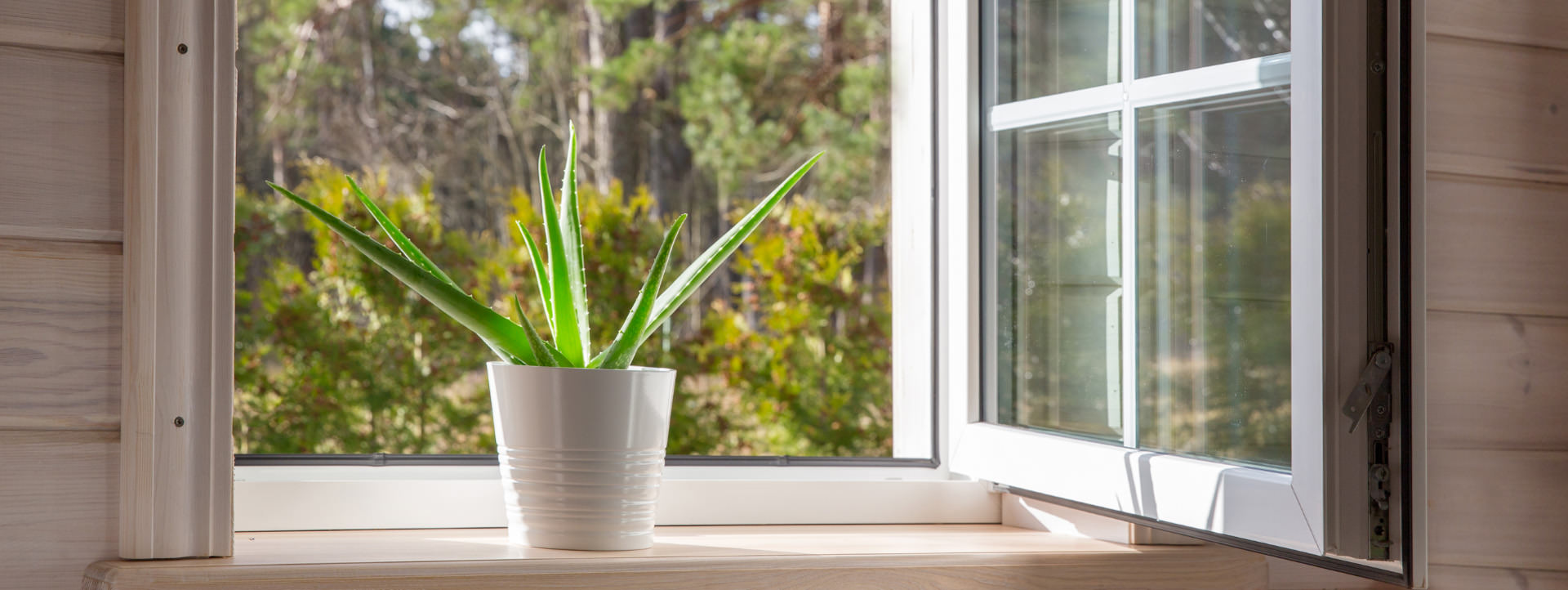
Timber - PVC - Aluminium - Windows, Doors & Conservatories in Dorset
Secondary Glazing Thermal & Acoustic
Secondary Glazing Thermal & Acoustic
Secondary glazing is sometimes seen as compromise. It’s often specified in older properties, particularly in Conservation Areas, where controls exist to preserve the external character of the property but where owners also want to improve the energy efficiency.
But the reality is very different. Yes, secondary glazing is a great solution if you want to keep original sash windows but still achieve a high level of thermal efficiency but it also delivers lots of other advantages, offering maximum sound proofing and enhanced security.
What is secondary glazing?
Secondary glazing systems allow you to add a second slim-line window to the inside of your existing window and are manufactured either as timber secondary glazing or aluminium secondary glazing.
Most secondary glazing systems are built around a sliding horizontal or vertical design but hinged and ‘lift out’ units are also available.
We supply, aluminium secondary glazing because it features exceptionally slim sightlines and delivers high levels of security.
This can be fixed either directly to your existing windows or manufactured with a MDF or hardwood sub-frame, which means that they can be reveal or face-fixed.
Things you should know before purchasing secondary glazing?
If you want to maximise the thermal & acoustic efficiency of your new secondary glazing, you need to make sure that the space between it and your existing windows is no less than 100mm.
It’s also important to make sure that you specify the right glass.
All secondary glazing will improve the thermal efficiency of your home but specifying an ultra-energy efficient low emissivity glass will help you to maximise it. For example, we can supply our secondary glazing systems with Pilkington K Low E glass, which cuts emissivity – the transfer of heat – between the inside and the outside faces of the pane.
Sound insulation
And secondary glazing isn’t just about energy efficiency. The right specification also delivers a really high level of sound insulation. Noise pollution can have a very detrimental impact on health.
Acoustic double and triple-glazing can go a long way to reducing nuisance noise, delivering high level of sound insulation – but secondary glazing goes one better, cutting noise by up to 70 per cent.
Again, establishing right gap between primary and secondary glazing is important if you’re going to achieve optimum performance.
Most panes of glass used in single glazed windows, are around 4mm thick. If it’s pre-20th century, say an original sliding sash window, it might be as little as 3mm. In this case, to maximize sound insulation, you need a space between secondary glazing and the original window of 150mm. If the original glass is 6mm thick this can drop to 100mm.
It’s all about the disruption of sound waves as they travel from one side of the glass and through the glazing unit, to the other. If you imagined sound as light hitting a piece of glass, you’re refracting it in lots of different directions. This takes energy out of each individual soundwave so less permeates from one side of the glass to the other.
Standard glass in secondary glazing, at the right distance from primary glazing, provides a high level of sound insulation. But to optimize it further, or if the size of the window cill means that you can’t accommodate an optimum 150mm or 100mm gap, you may also want to consider acoustic glass.
This uses exactly the same principles. In acoustic glass multiple layers and different thicknesses disrupt sound waves as they travel from one side of the glass and through the glazing to the other, with the laminate delivering a ‘dampening’ layer taking out vibrations.
Put very simply, it creates more hurdles for the sound wave to pass through, reducing the amount that gets through. This creates a very high level of sound insulation, making it ideal for use where noise is a real problem or where the optimum distances between primary and secondary glazing can’t be accommodated.
To find out more, visit are dedicated secondary glazing page.













